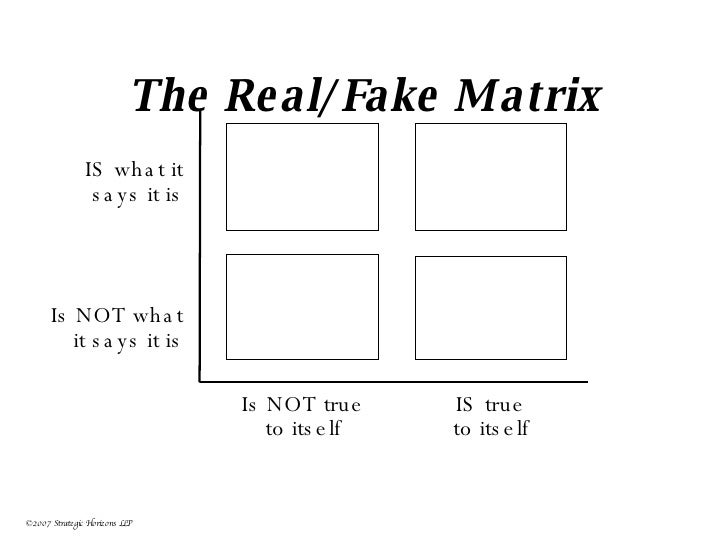The economy is a complex system.
A complex system is anything but linear.
It is not because we change an input, or because we change something within the system, that we can get or modify an output to get a desired result.
When acting on a system you can never guess what the result will be. In my country we have a saying that goes like this: “Hell is full of good intentions”
That's why I wrote
some days ago:
“You know how scared I am of the fragilistas, the naive interventionistas. You know how I learned to appreciate the Via Negativa: first, do no harm!
You know how scared I am of social engineers who want to change the world.
...
With biology, innovation has to go with small experiments”
It is so easy to forget this.
So easy.
So easy to delude ourselves with ideas about our power, our predictability powers ...
The truth is that when we dive into the complex system we have this:
This blogpost, written on this day, is for me to be able to come back to it regularly for a bath of humility, for a good and sound slap in the face - in the style of Templar initiation.
Beware of system interventions, beware of the illusion of power and predictability.
2019 gave me an excellent slap in the face when I realized once again that a
complex system does not think. A complex system does not pursue goals. A complex system is like a river, it runs away from constraints. When actors in a system act on it, they alter the set of existing constraints, and what they hoped to achieve is often torpedoed by the system, which ultimately found an easier alternative.
Remember what the first settlers of Australia did? They introduced rabbits to maintain their English hunting tradition. Rabbits discovered a habitat where they had no predators and multiplied exponentially. So the settlers decided to introduce foxes, traditional rabbit predators. But foxes, once introduced to Australia, discovered a whole panoply of prey much easier to hunt than rabbits.
For years I believed that the demographic evolution in Portugal, and the continued expansion of the emigration of people of value who do not want to live in a socialist-extractivist country, would bring a time when companies would be forced to raise wages beyond productivity in order to capture workers, a precious resource. Raising wages beyond productivity is a dangerous policy. This policy would have two consequences: shutting down the less competitive companies, and forcing companies to move up the value ladder to compensate for the rising cost of people. Therefore,
I have long devalued the issue of the national minimum wage because companies would have lack of people as the most important constraint.
And 2019 ended my theory !!!
By the way, this theory I was hoping for, based on demography, is the same as that followed by the current Portuguese government and the left wing parties, with a small-big detail, while my driving force was demography, theirs is the national minimum wage.
How did 2019 destroy this theory of mine?
The day I realized that it is so easy for a company to import people and get around the national minimum wage. For example, on the last day of 2019 when I visited a certain small company, I watched in amazement at a conversation about the virtues of importing Brazilian versus Colombian versus Venezuelan workers.
You will tell me that they will have to pay the national minimum wage to these workers. No, that's the big slap trick I got. I already had as a neighbor of my office a company that hired Portuguese carpenters for construction works in Belgium and the Netherlands. These carpenters were paid at 12 € per hour (2016 values). They made a contract with this Portuguese company in Portugal, received their wage in Portugal, but worked in Belgium or the Netherlands. How much will a Portuguese carpenter recruited in the Netherlands receive to work in the Netherlands? What I heard in the corridor of the offices where my company was based is being done with workers from Asia and Latin America. The workers are here, they work here, but they are not employees of the company where they work, so they do not receive the Portuguese national minimum wage, they come to provide a service to the Bangladeshi company, their real employer.
I who detest eucalyptus trees and their associated DDTs (Portuguese initials for Owners Of This All, big companies with huge power and benefitting from special "services" from the government), sometimes marvel and tip my hat at eucalyptus trees because they seem to have the will and thought, they seem to have goals just as nature, evolution has prepared them to take advantage of their apparent weakness before fire.
We know nothing about complex systems, stop. We can only be conservative, be pragmatic, do a little experimentation, and observe results. Then back off when things go wrong, or less well, or keep going when things go in the right direction.
Blogposts list on the theme in 2019:




















